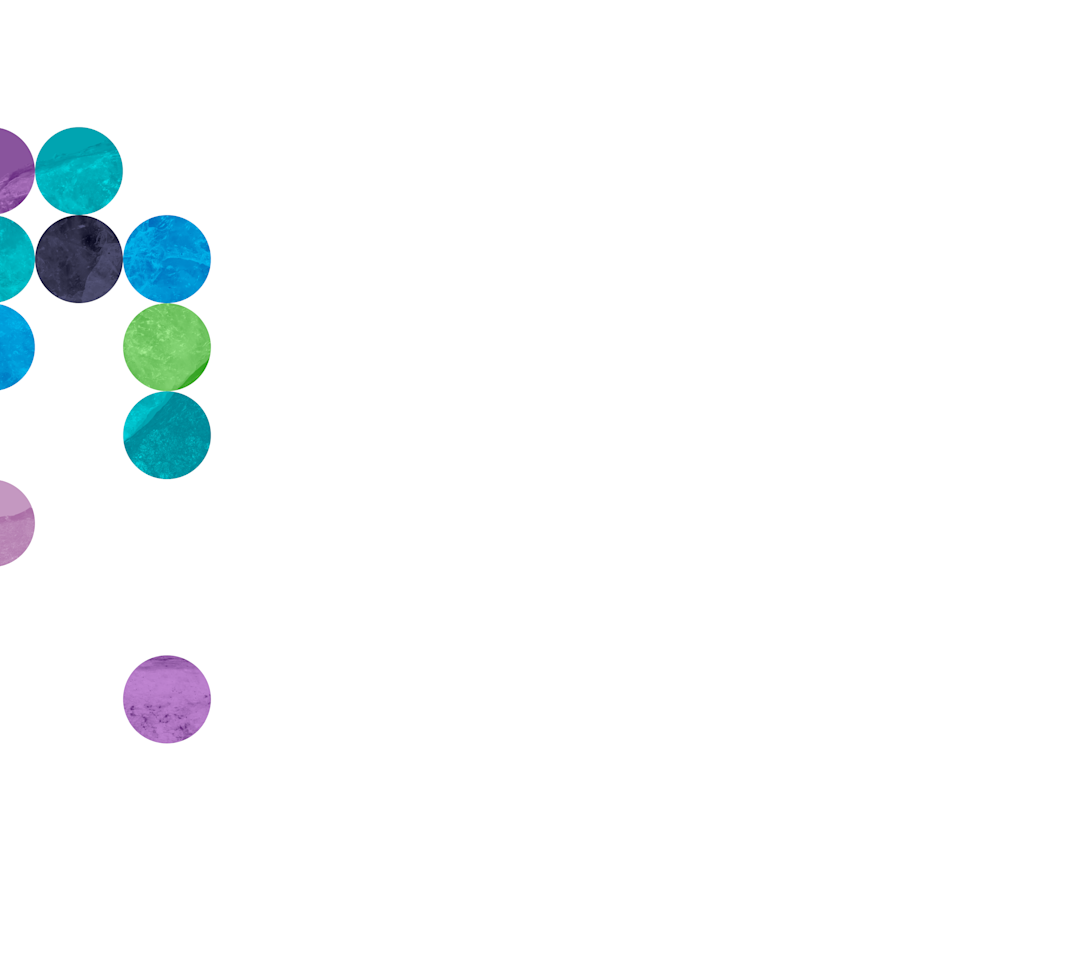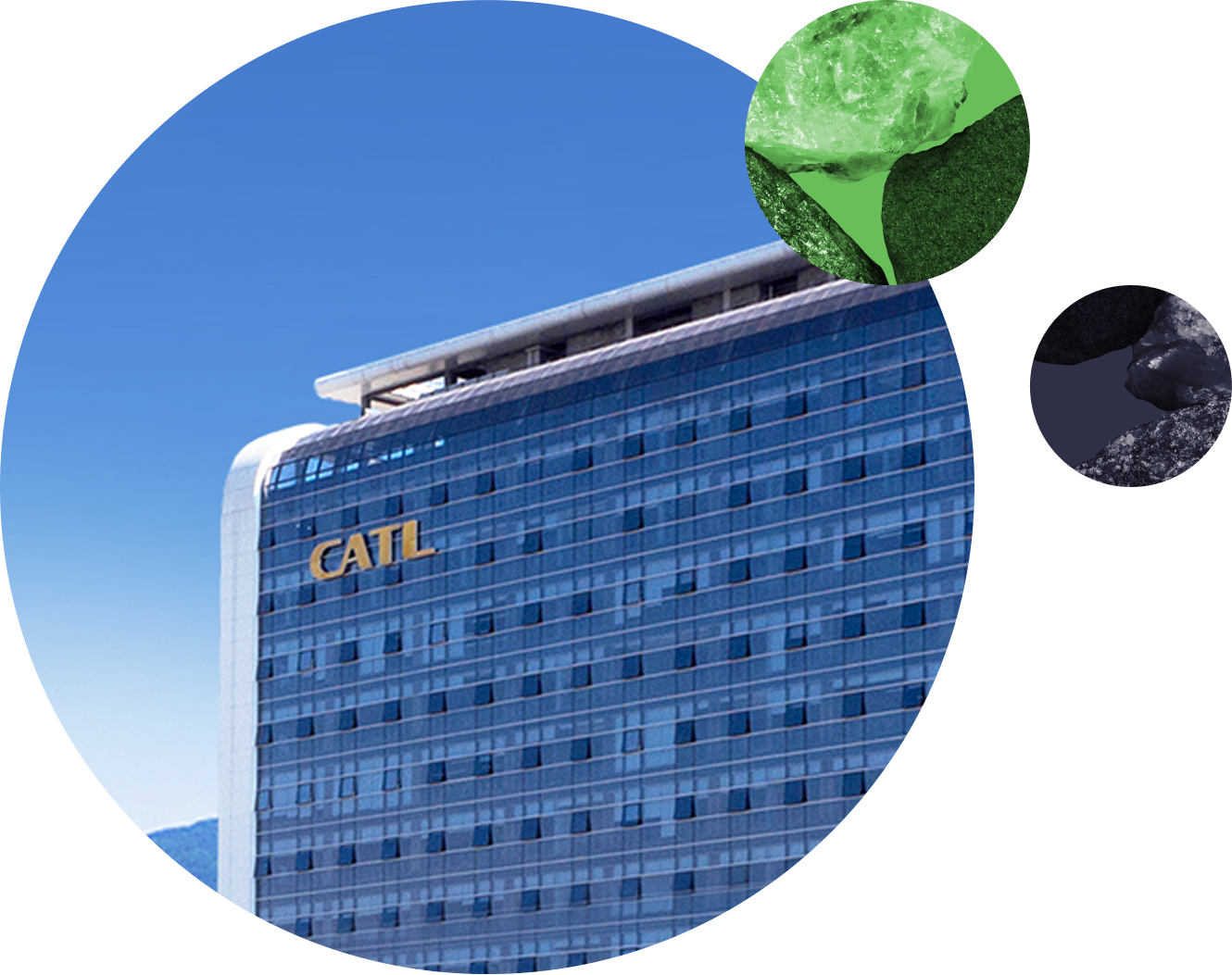
As part of our Critical Minerals Mission, we are working to build a circular economy for critical mineral value chains that power the energy and digital transitions, maximising value while reducing reliance on virgin resource extraction over time. We will do this by supporting a greater mobilisation of capital investment in circular critical mineral solutions and by strengthening policy and governance alignment to foster collaboration.
Meeting the critical minerals demand-supply gap requires a system redesign
The clean energy transition and the electrification of the global economy — shifting from fuel-based technologies to material-intensive, electric-powered alternatives — are expected to drive a fivefold or greater increase in demand for critical minerals such as lithium, cobalt, nickel, copper, and rare earth elements by 2040 in some scenarios.
Increasing the supply of these minerals quickly enough to meet fast-growing demand is a major challenge, further intensified by today’s wasteful and inefficient linear system, which exacerbates geopolitical tensions and environmental and social impacts.
A system-level redesign is needed to lower the exposure of whole value chains to the risks of material price volatility, supply disruptions, and supply-demand gaps.

Circular economy strategies can help close this gap and create secure and resilient supply chains for critical minerals
To meet clean energy demand and power system requirements, circular economycircular economyA systems solution framework that tackles global challenges like climate change, biodiversity loss, waste, and pollution. It is based on three principles, driven by design: eliminate waste and pollution, circulate products and materials (at their highest value), and regenerate nature. approaches that reduce reliance on virgin critical minerals must be scaled and complemented by responsible mining investments.
Circular economy strategies seek to reshape systems, value chains and products by designing out waste, keeping products and materials in use for longer and regenerating nature.
Circular economy’s ‘inner-loop’ strategies that retain products and materials at high value — such as reusereuseThe repeated use of a product or component for its intended purpose without significant modification., repairrepairOperation by which a faulty or broken product or component is returned back to a usable state to fulfil its intended use., and refurbishment — deliver superior economic and efficiency gains, while avoiding the logistical complexity and material losses often associated with recycling. They also offer opportunities to circulate materials regionally and build capacity locally, reducing import dependency and enhancing long-term mineral security.
These strategies are based on the redesign of systems, business models, and products to unlock value, reduce emissions, and lower the negative impacts associated with mining practices.
In the short and medium term, recycling will help diversify supply and narrow the gap between material demand and availability, but only a comprehensive application of circular economy principles will allow the benefits to be fully realised.

Now is the moment to create circular supply chains for critical minerals
As the first generation of batteries and renewable energyrenewable energyEnergy derived from resources that are not depleted on timescales relevant to the economy, i.e. not geological timescales. assets reach the end of their lives and e-waste production increases, circular opportunities to capture the value of critical minerals are hiding in plain sight, for example:
Decommissioning of wind turbines could drive three-fold growth in turbine scrap market by 2035, valued at USD ~9 billion, but further circular opportunities lie in recirculating parts, rather than recycling scrap. (source: Systemiq analysis 2025)
Unaccounted for end-of-life copper waste alone exceeds 9 million tonnes and could be worth more than USD 110 billion in 2035 — the equivalent to the annual production of the world's 20 largest copper mines combined. (source: Systemiq analysis 2025)
Securing and managing the supply of critical minerals for electrification and the global energy transition are now on the agenda of businesses, policymakers, and investors, and the opportunities offered by the circular economy are gaining traction. Three crucial enabling factors have opened a window of opportunity for action:
Technological readiness: advances in asset tracking, modular design, AI including AI-based sorting, and recycling are making circular solutions more viable and scalable.
Business engagement: companies are increasingly understanding the potential for circular economy approaches to reduce their material costs, waste management costs, and exposure to volatile commodity markets. These drivers are also attracting financial players seeking returns aligned with sustainability objectives and supply chain upsides.
Policy momentum: in the context of geopolitical tensions, trade restrictions, and disrupted access to key minerals, governments are recognising that product design and material recycling are essential to the creation of secure, resilient supply chains (e.g. EU Critical Raw Materials Act and EU Circular Economy Act).
The products, infrastructure, and industrial systems being designed today will define mineral flows for decades. Designing supply chains using circular economy approaches from the outset will make them easier and more cost-effective to scale and will avoid the lock-in of linear models.

A design-led circular economy transformation for electric vehicle batteries: principles and benefits
A circular economy can be achieved by redesigning:
Systems
Urban mobility systems can be designed to provide multi-modal transport options visible on integrated digital platforms. Such systems incorporate on-demand EV services that provide citizens with the journeys they desire by using fewer vehicles more intensively, thereby reducing congestion and demand for materials.
EVs connected to the grid during idle times can act as energy storage assets (V2G), reducing the need for additional stationary batteries and increasing system efficiency.
Business models
Business models such as Product-as-a-Service (PaaS), battery swapping, and buy-back shift ownership, performance, and end-of-life treatment from user to provider. Providers are incentivised to design for extended lifecycles, subsequent uses, and recycling at the end of life, keeping minerals in productive use for longer. Through predictive maintenance, for example, batteries can be kept at their highest level of performance by anticipating upgrades and repairs. Compared to ownership, these new business models can present more affordable options for users.
Products
EV batteries can be designed in a modular and upgradeable way, allowing for repair and reconditioning to maintain performance. At the end of life, batteries can be recycled with high rates of material recovery.
At the end of life, EV batteries can be repurposed in applications with lower performance requirements (e.g. backups to power systems), extending their lifespan by 5-10 years.
Battery right-sizing to align battery capacity more closely with actual user needs can help reduce unnecessary material use, improve energy efficiency, and extend battery lifespans, while making EVs more affordable. These design choices should be supported by fast, convenient public charging infrastructure.
These strategies are not one-size-fits-all. Their effectiveness depends on factors such as battery design, regulatory environments, market maturity, and geographic context. Therefore, a combination of strategies may be needed to maximise economic, environmental, and social outcomes across different regions and use cases. Governments and industry players must collaborate closely to establish common frameworks, facilitate cross-border cooperation, and drive investment into circular battery ecosystems. Only through such coordinated action can the full potential of circular economy strategies for EV batteries be realised.
The benefits of the circular economy approach
10 million jobs, and USD 150 billion in economic value in 2030 (Source: World Economic Forum, WEF)
Recycled lithium requires 90% less energy than extracting virgin lithium (Source: World Economic Forum, WEF)
Second-life batteries extend life by 5–10 years
By 2030, over 11 million tonnes of EV battery waste is expected annually, circular strategies can divert a major portion of this waste from landfills (IDTechEx, 2023)
Material recovery from end-of-life batteries can meet up to 25–30% of Europe’s lithium, cobalt, and nickel demand by 2040 (EU Commission, 2023)
The Ellen MacArthur Foundation is uniquely positioned to drive a circular economy transformation in the critical minerals value chain
Over the past 15 years, the Foundation has been instrumental in positioning the circular economy as a priority solution for business and governments in addressing economic, environmental, and social challenges. The credibility and connections we have built across businesses, policymakers, and global institutions put us in a strategic position to lead action and create impact — our work on Plastics, Fashion, and Food is testament to this.
Complementing existing efforts to drive system-level change, the Foundation, working with project partners including Systemiq, CATL, and Network organisations, is co-creating an action agenda aiming at:
Setting the vision, making the economic case and showcasing wider environmental and social benefits of a circular economy for critical minerals.
Developing roadmaps and identifying the steps businesses need to take to achieve the circular economy vision.
Accelerating and monitoring progress by mobilising key players in the value chain and promoting transparency.
Identifying market and regulatory barriers that prevent adoption and hinder system change.
Catalysing actions to shift system conditions through individual and collaborative business actions, investments, and collective advocacy for policy interventions.
To find out more about the circular economy opportunity for critical minerals and circular value chains for batteries, read our case study on CATL, or listen to our podcast: Material security in a circular economy | Energy and competitiveness.
This initial exploration is based on a body of work carried out by the Foundation over a number of years, including the following: Completing the picture: How the circular economy tackles climate change, The circular economy: a ‘triple play’ solution for achieving China’s climate objectives.


Sign up to our newsletter
To receive future updates about our work in this area, subscribe to our critical minerals topic newsletter.


Redesigning the battery value chain: CATL-Brunp
As a leader in battery production, CATL recognises the need to apply circular economy principles across its activities to create new forms of value, build supply chain resilience, and preserve resource value, while at the same time reducing negative environmental impacts.


